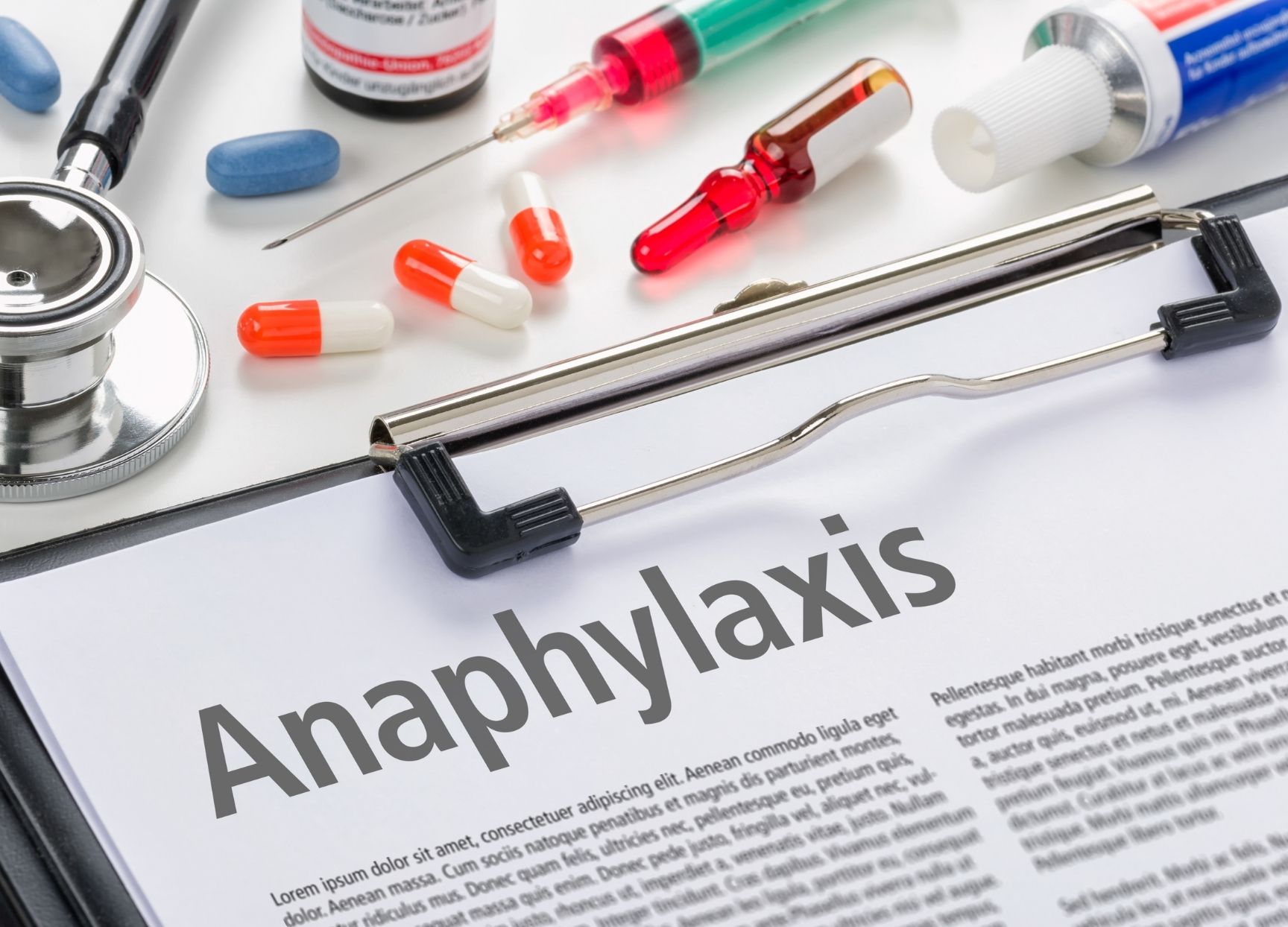Dr Chris Rutkowski
Consultant Allergist
Specialist expertise: Adult Allergy, Drug Allergy, Urticaria, Angioedema, Anaphylaxis, Allergy, Food Allergy, Provocation Food Challenges, ISAC Test, Anti IgE Treatment, Immunotherapy, Hay fever, Rhinitis.
Anaphylaxis is a severe and potentially life-threatening reaction to a trigger such as an allergy.

Anaphylaxis is a severe and potentially life-threatening reaction to a trigger such as an allergy. It can occur within seconds or minutes of exposure to something you’re allergic to, such as peanuts or bee stings. Common anaphylaxis triggers include certain foods, some medications, insect venom and latex.
Anaphylaxis is the result of the immune system, the body’s natural defence system, overreacting to a trigger. This shock can sometimes cause your blood pressure to suddenly drop or your airways to narrow. This is often caused by something you’re allergic to, but not always. Common anaphylaxis triggers include:
Anaphylaxis symptoms usually occur between minutes of exposure to an allergen, or half-hour or longer after exposure and symptoms can include a rapid, weak pulse; a skin rash; or nausea and vomiting.
There are two main types of reaction which could occur:
Uniphasic – these come on quickly and symptoms get rapidly worse, but once treated, the symptoms go and don’t return.
Bi-phasic – these are reactions which may be mild or severe to start with, followed by a period of time when there are no symptoms, and then increasing symptoms with breathing and blood-pressure problems.
The results of skin prick tests and blood tests can help the specialist identify the cause of anaphylaxis.
Anaphylaxis can require an injection of epinephrine (sometimes referred to as ‘pens’) containing epinephrine (known as adrenaline) which can be prescribed for people at risk.
If you experience attacks fairly frequently, your doctor may prescribe an oral steroid or oral antihistamine to help manage your condition.
By having a complete and integrated team of sub-specialty experts under one roof we ensure that patients are seen by the right consultant at every appointment. Our skin health specialists cover a wide range of dermatological conditions, and our dedicated allergy specialists are recognised leaders in their field.